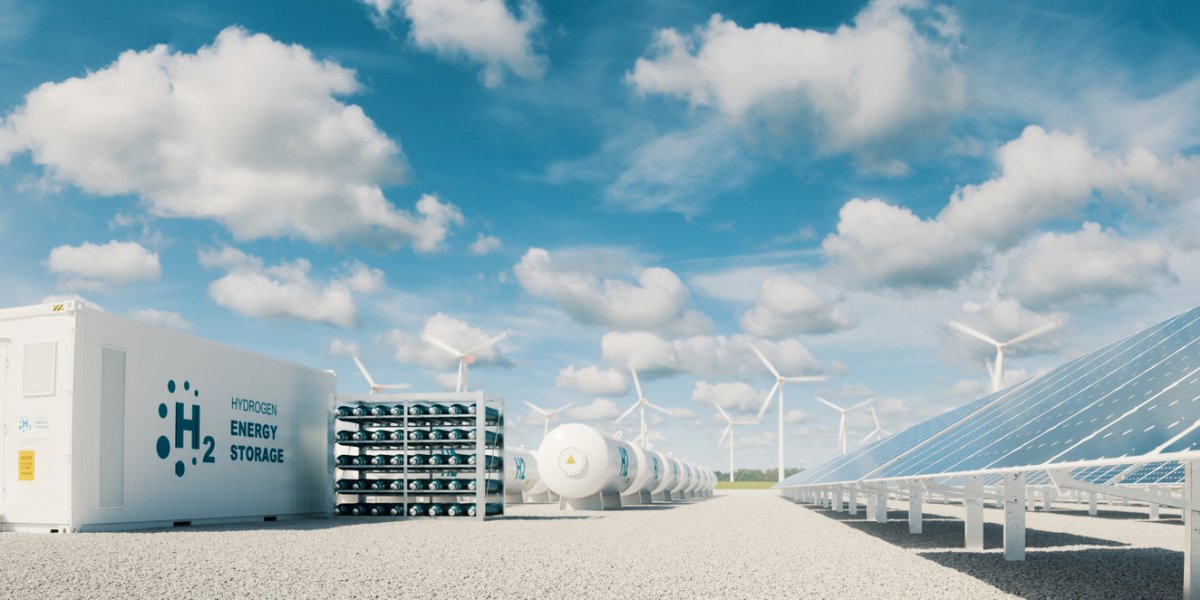
April 8, 2022
By Anik Islam
In Budget 2022 - A Plan to Grow Our Economy and Make Life More Affordable - Canada takes a step further in using smart tax incentives to advance its clean growth objectives. To support clean technologies (cleantech), Canada has used Accelerated Capital Cost Allowance (ACCA) for business investment in different clean energy equipment and 50% Corporate Income Tax (CIT) cuts for manufacturers of net-zero emissions technologies. Now, the federal government has:
As the global transition to a low-carbon economy is underway, accelerating clean innovation and decarbonizing major sectors (industry, buildings, transport) are both essential for Canada to achieve its clean growth objectives. To do this, Canada needs businesses to both adopt and manufacture cleantech. However, as we explain in “Why Should Canada Consider Tax Incentives To Support Clean Growth”, cleantech faces several challenges, mainly reticence in adoption and the financing gap for manufacturing. Tax incentives, in combination with other policy measures, can address both these challenges i.e. incentivize adoption and facilitate manufacturing of cleantech.
Buildings account for 12% of Canada’s greenhouse gas emissions, mostly from space and water heating. Air-source heat pumps are a zero emissions heating alternative which Canada needs to adopt and can manufacture. As a result, expanding the list of technologies to include air-source heat pumps for both ACCA and 50% CIT cut is a positive step. While these measures are expected to reduce federal revenues by $53 million over five years starting in 2022-23, it will support Canada’s clean growth ambitions.
Moreover, there are possibilities for the federal government to build on this progress. Currently, the list of technologies eligible for ACCA (and now CIT cuts) are updated annually on an ad-hoc basis, which slows down the support required for market-ready cleantech. To make these tax incentives more effective, there needs to be a proper listing and selection process. This process needs to be agile, as delays and uncertainties can deter cleantech investments. It also needs to be consistent with other tax incentives. An improper listing and selection process might result in both economic inefficiency and diminished effectiveness in reducing emissions.
A wide range of market-ready and emerging cleantech can play an important role in Canada’s net-zero transition and require support for adoption. Budget 2022 took an important step by announcing that “...Finance Canada will engage with experts to establish an ImTC of up to 30%, focused on net-zero technologies, battery storage solutions, and clean hydrogen.” Businesses and projects looking to adopt different cleantech as a part of their operations will be incentivized to invest in them as these credits will help reduce their tax liabilities.
The expansion of ImTCs to other cleantech is in line with SPI’s recommendations and the design and implementation details will be revealed in the 2022 Fall Economic and Fiscal Update. There is much important work to be done in the coming months to ensure smart design principles are followed. SPI suggests that there is a need to develop suitable criteria to target both market-ready and emerging cleantech. We propose that the eligibility criteria should include the following three factors: compatibility with a net-zero pathway; cost competitiveness compared to incumbent technologies; ability to leverage Canadian industrial strategy opportunities.
Considering these criteria, battery storage and green hydrogen are obvious choices. However, there are other products and technologies, such as medium and heavy duty zero emission vehicles and industrial heat pumps which are candidates for support from tax incentives. To better guide these choices, it is helpful to identify the challenges faced by the cleantech sector and practices in other countries. In this regard, the federal government needs to complete the “analysis to ensure that Canada keeps pace with the U.S. and other jurisdictions in providing the appropriate tax structures and incentives to encourage clean economy businesses to invest, grow, and deploy solutions here in Canada” promised in Budget 2021.
CCUS technologies are not only important tools for reducing emissions in high-emitting sectors but also present Canada with economic opportunities in the global net-zero transition. As detailed in Budget 2022, the federal government will provide the ImTC for businesses that incur eligible CCUS expenses. The CCUS project needs to permanently store carbon emissions through either geological storage or storage in concrete (and not enhanced oil recovery).
The ImTC works by allowing firms to reduce their tax liability by an amount related to their expenditures on qualified investments. Generally, a credit is set as a percentage on the initial capital expenditure. For CCUS, the credit rates are set at 60% for direct air capture projects, 50% for other CCUS projects and 37.5% for transportation, storage and usage equipment. The tax credit is refundable; has a set implementation period between 2022 and 2040; a phase out of credit rates by 50% between 2031 to 2040; and incorporates a review process before 2030 to ascertain that the level of tax support aligns with environmental objectives. These design principles are largely in line with SPI’s recommendations. The proposed ImTC is expected to cost C$2.6 billion over five years starting in 2022-23, with an annual cost of about $1.5 billion in 2026-27. Going forward, the cost will be approximately $1.5 billion annually until 2030.
Budget 2022 builds on previous progress in utilizing smart tax incentives to grow a clean economy. Along with air-source heat pumps and CCUS, it has extended support for other market-ready and emerging cleantech. In the long term, it will be important to determine the listing and selection process and eligibility criteria to effectively support cleantech adoption and manufacturing in Canada.
For more SPI response to Budget 2022, check out: